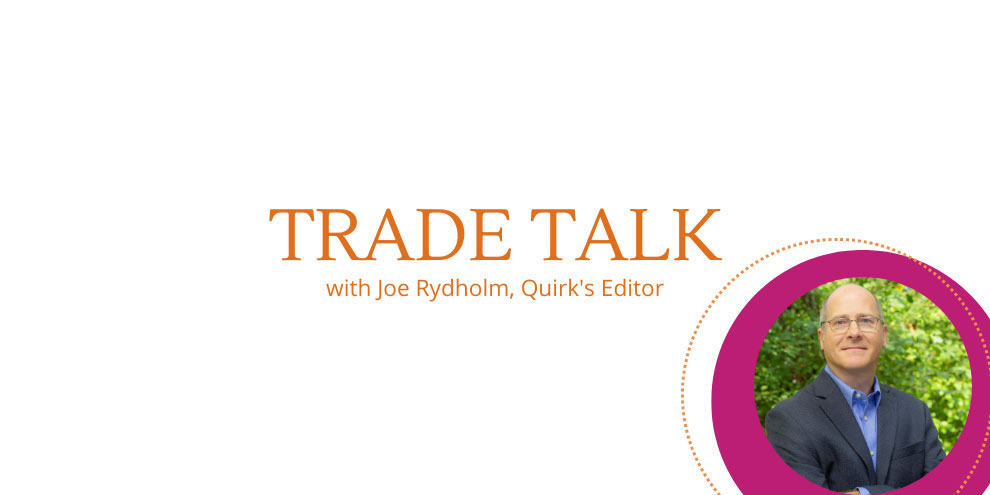As researcher Ron Sellers touches on in his article elsewhere in this issue, predictions of the demise of the focus group are a constant in our industry. To be sure, focus groups are not perfect – no technique is – but, to cite Sellers again, bad groups are often not the fault of the focus group approach itself but rather of the moderator and others involved.
When they work, they work very well, as I was reminded while reading an article from the peer-reviewed journal BMC Women’s Health on how focus groups were used to investigate women’s attitudes toward their bladder health. (Before you ask, I have a range of Google e-mail alerts set up for mentions of a host of marketing research-related terms, including “focus group,” so a link to the article landed in my in-box a while back.)
In our survey of client-side researchers earlier this summer, when we asked an open-end about research-related changes their organization planned to make in the coming year we saw many comments about wanting to rely more on consumers’ actual behavior (by analyzing purchase data or other irrefutable forms of evidence) rather than the stated intentions or expressions of interest in buying a product or service that might come out in a focus group. I agree that people often don’t truly know or are unable to represent their real responses to products or services, especially those that are revolutionary. Nor are respondents immune to wanting to present an idealized version of themselves for the consumption of the moderator or the other respondents in the room with them, as focus group critics like to point out.
But, as the BMC Women’s Health case study shows, at their best, focus groups (and other types of qualitative) can provide a level of color and detail that is unmatched. For their article, “‘A secret club’: focus groups about women’s toileting behaviors,” authors Mary H. Palmer, Jennifer M. Wu, Celine S. Marquez, Betty Rupp, Mitchell M. Conover and Diane K. Newman recruited 24 women in Pennsylvania and North Carolina with some level of urinary incontinence (UI) and/or overactive bladder (OAB) status to participate with trained female moderators to gather information to develop public health messaging and interventions to raise awareness about UI, OAB and bladder health, with the goal of encouraging women to seek help when symptoms are present.
In the intimacy and safe space of the focus group setting, surrounded by other women dealing with the same issues, the respondents opened up, often with humor, to talk about the difficulties of finding clean restrooms, of planning travel, of dealing with the opinions of friends or loved ones who wonder why they are taking so long in the bathroom. In addition to the emotional aspects of UI and OAB, the participants also provided the researchers with a host of terms and phrases surrounding bladder issues.
It’s these kinds of things – the language, the emotions, the barriers (and successes) – that focus groups are so good at uncovering, especially when the topic is something potentially difficult or embarrassing to talk about. “[The women] were frank and unabashed in discussing personal experiences of being incontinent, about wearing pads or panty liners, and having urinary urgency or uterine or bladder prolapses with a group of women they just met. Some women used humor when talking about their bladders. During most focus groups, there was laughter and talking over each other as women volunteered personal information about near or actual episodes of urine loss,” the authors write.
Technology has been a boon to research, especially qualitative, giving rise to all kinds of mobile-driven ethnographic approaches and making it possible for far-flung respondents to fire up their webcams and computers for a conversation. But it’s hard to match the impact of a successful in-person gathering. Take a roomful of understanding peers, add a skilled moderator armed with a good discussion guide and you’ve got the potential for something unique.
